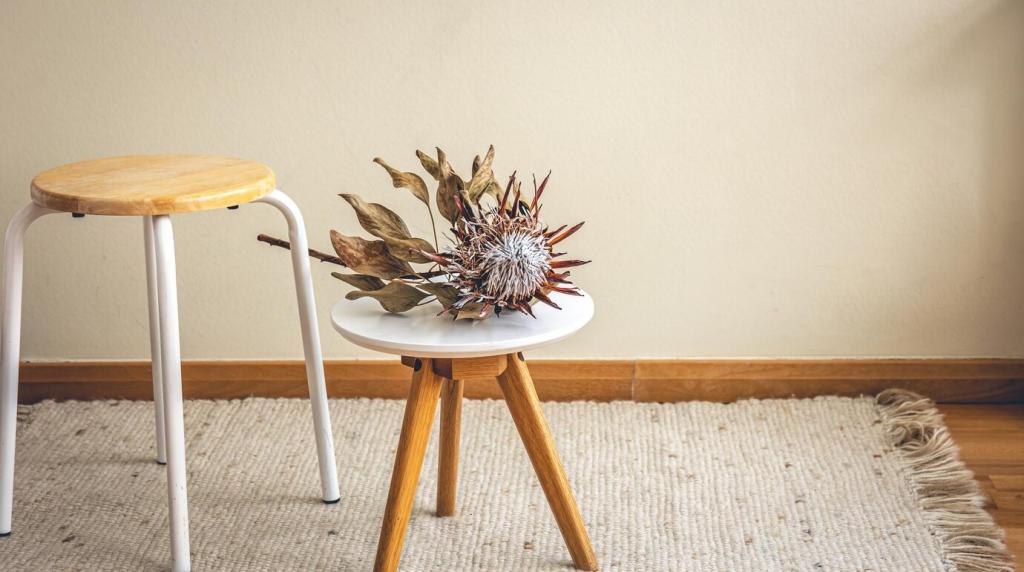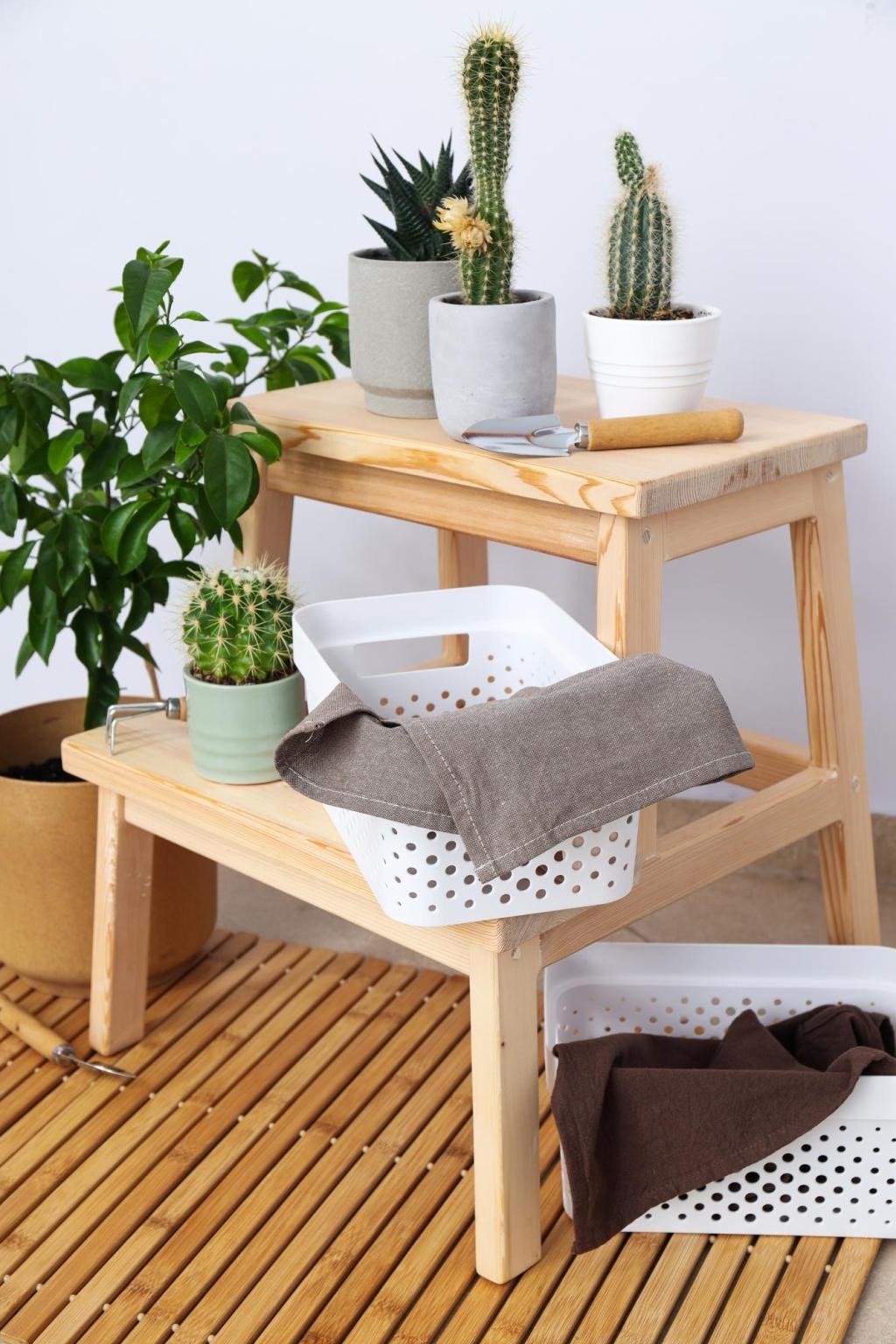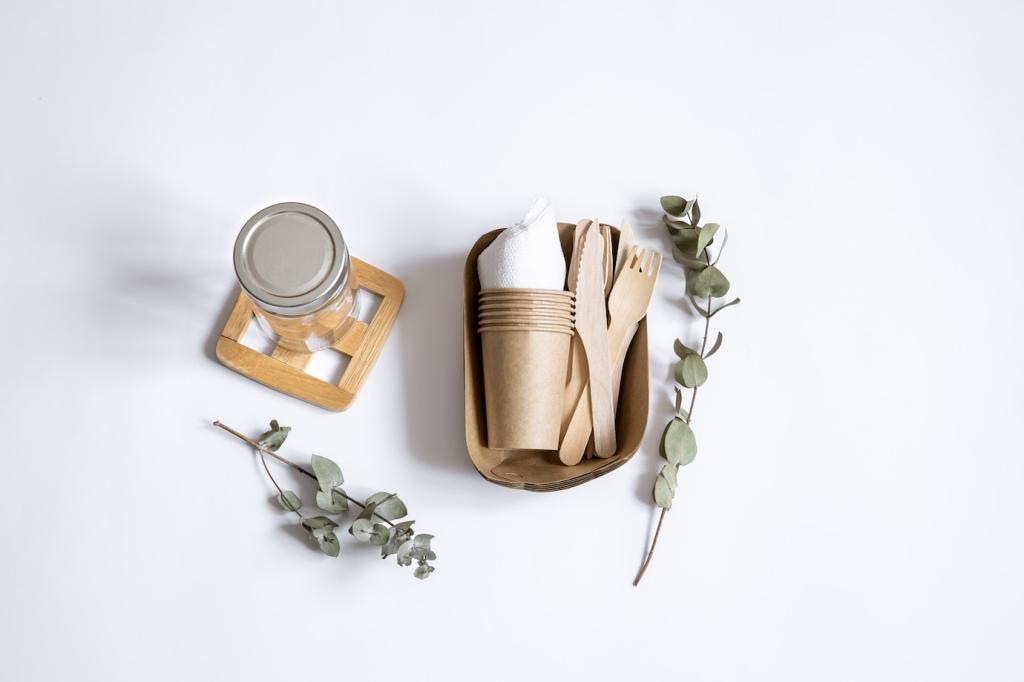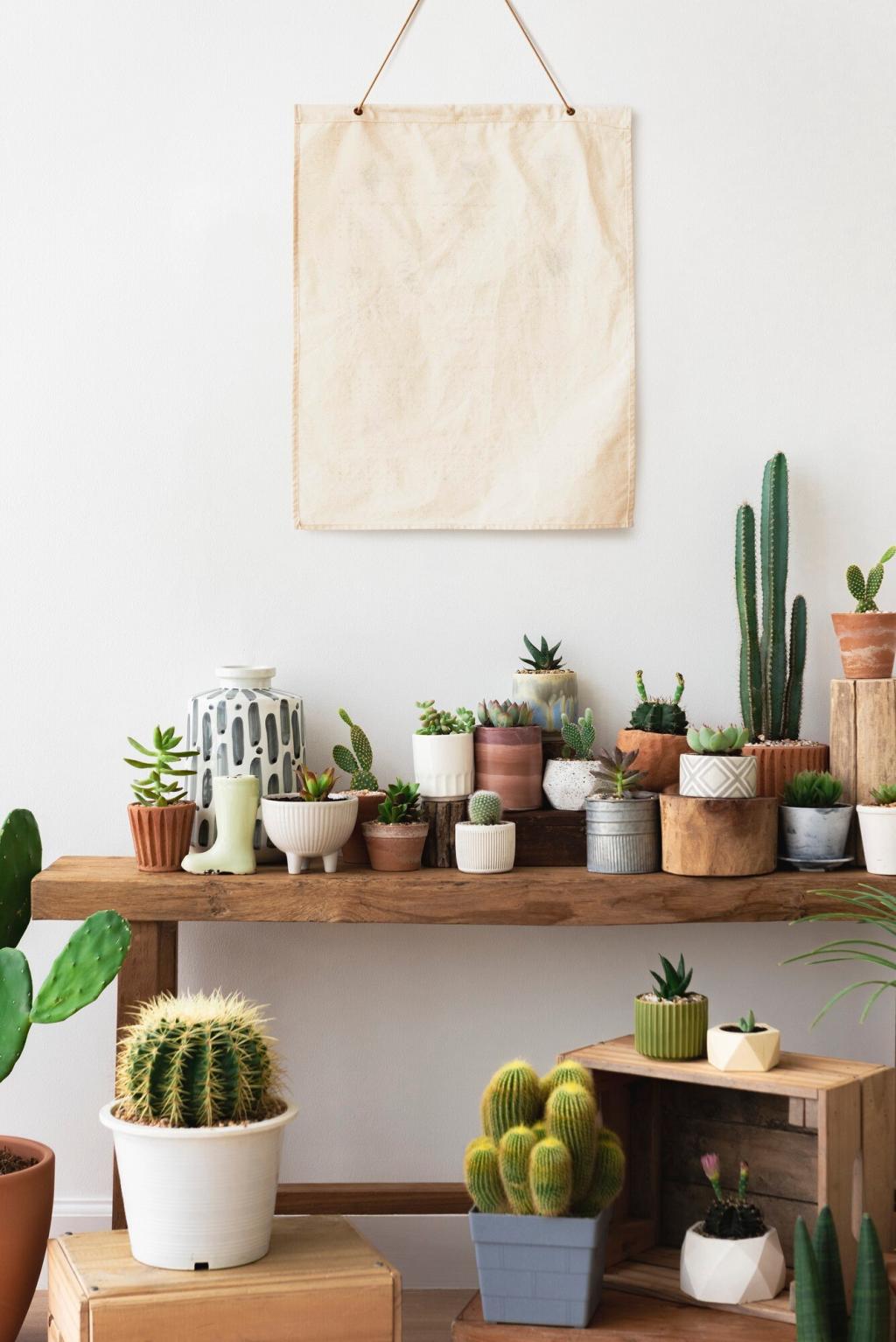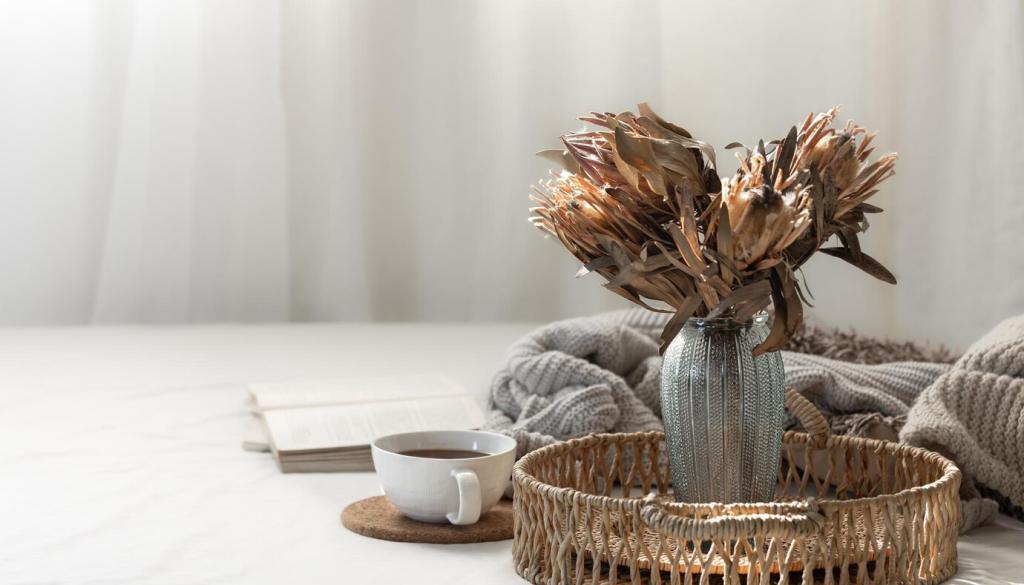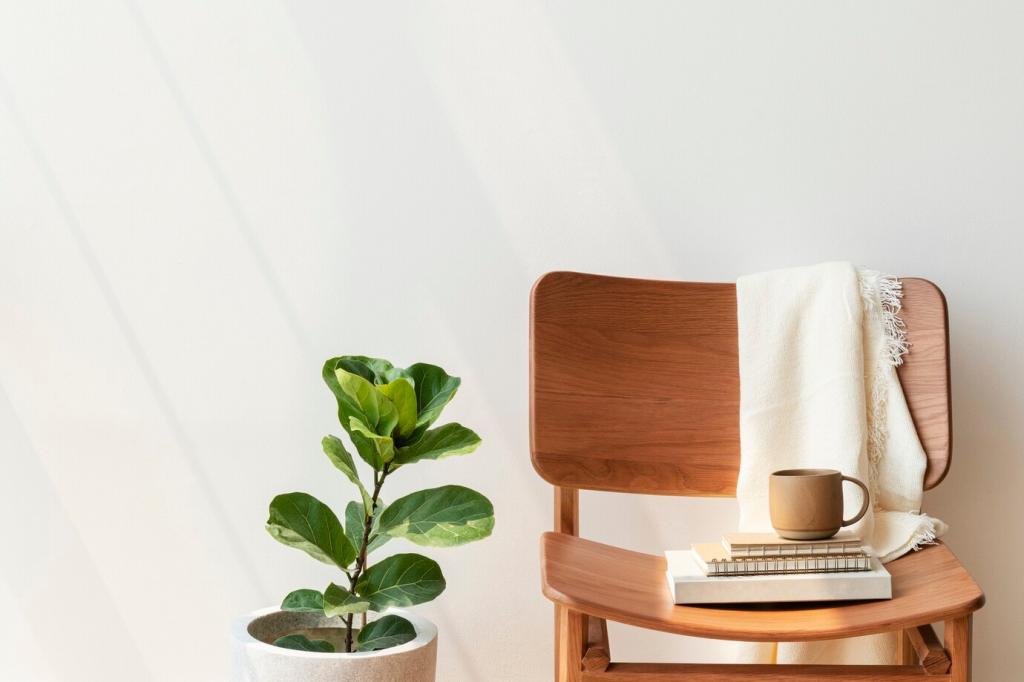Room-by-Room Non-Toxic Upgrades
We spend a third of life here. Consider GOLS-certified latex, steel coils, and organic cotton or wool. Skip added flame retardants by choosing natural wool barriers. Drop a comment if you’ve noticed a difference in nighttime air after switching bedding.
Room-by-Room Non-Toxic Upgrades
Pick a sofa with FR-free foam or natural latex and solid wood frames. Choose a rug of wool, jute, or cotton without PFAS treatments. Open windows for cross-ventilation. Which living room swap is on your list next?

